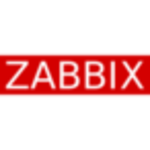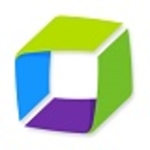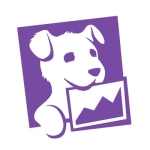We use Grafana for application metrics and data utilization for consumer databases. We also use it to connect and evaluate clients and create databases where we upload client data.
We find Grafana essential for our company because of the visualization function for all application metrics in our environment.
What I found most valuable in Grafana is that it has a lot of integrations and features that I need for data processing and visualization.
One area for improvement in Grafana is that depending on your version, you have to pay for the features, making the license expensive. It would be great if the licensing model could be more flexible.
In the next release of Grafana, I want cluster creation to be available, which would help in Grafana deployment and scaling. Currently, the scaling process for the solution is a bit complicated.
Easier integration is also what I want to see in Grafana in the future.
I've been using Grafana for four years.
Grafana is a very stable solution.
Scaling Grafana is a bit complicated, so I want to create a cluster to promote high availability in the solution, deploy in one step, and for Grafana to scale automatically.
My company has the open-source version of Grafana, so it gets support from the community. The community support is good.
In terms of standalone visualization tools, I've only used Grafana. I used another monitoring solution, but the visualization was only integrated.
Other solutions can provide what Grafana provides, but you need to pay. Grafana, on the other hand, has an open-source version, and as an open-source solution, it's complete, at least for my company's needs.
Compared to other software, it can take some time to get used to how Grafana works, but you can live with it because you can learn to use it.
One person deployed Grafana for my company, and the process only took twenty minutes maximum.
My company uses the open-source version of Grafana, so it's free.
I'm currently using Grafana.
My company is a Grafana customer.
I'm using the open-source version of Grafana, 9.3.
Between sixty and one hundred people, mostly software engineers, use the solution in my company.
Grafana requires maintenance, and that's the responsibility of the entire team.
There's a plan to increase the usage of Grafana in other areas besides engineering. My company plans to create dashboards for data in other areas.
I advise people who want to use the solution to try it out first. For example, Grafana has many good integrations if you need to gather metrics, and you can technically use any query to create dashboards and graphs inside Grafana. I advise that you explore the solution.
My rating for Grafana is eight out of ten because it's a very good product. It's complete and has an open-source version with many features. However, some of its interface capabilities could be cheaper.

















